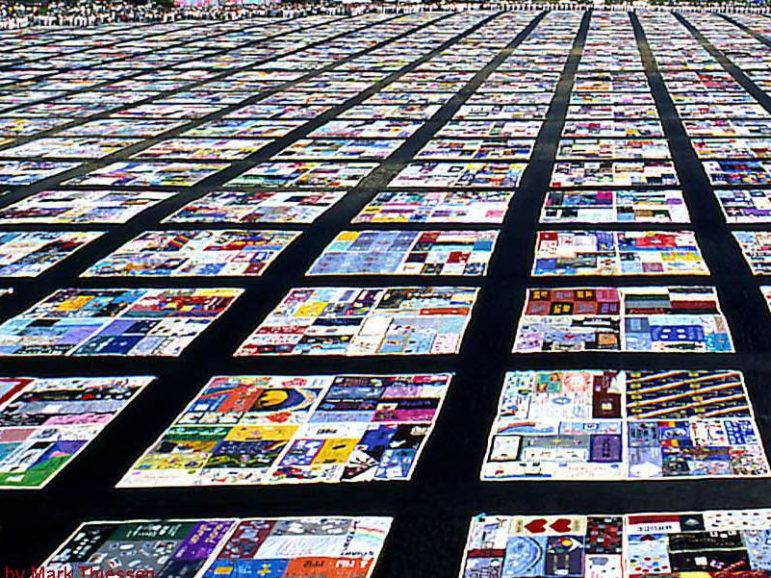Marking World AIDS Day with a snapshot of new infections, deaths and life with the virus.

National Institutes of Health
The AIDS Quilt on display in Washington, D.C., in 2011.The theme of World AIDS Day 2020, “Ending the HIV/AIDS Epidemic: Resilience and Impact,” would have been unthinkable when the first AIDS Day was observed in 1988. That year, the city recorded 6,537 new AIDS diagnoses—a 24 percent increase over the year before that was part of a dramatic surge in new cases that peaked at just under 13,000 in 1993.
New cases decreased generally, though with a few interruptions, in the years that followed. The downward trend in HIV and AIDS diagnoses and in AIDS deaths strengthened since 2003, as did the rise in the number of people living with HIV and/or AIDS.
Even within the good news, there are still areas of deep concern for New York City. For one thing, Native American and multiracial people, Bronx residents, and people with a history of injection drug use did see an increase in new HIV diagnoses between 2018 and 2019.
For another, “inequities in HIV care outcomes for people newly diagnosed in 2019 persisted, with lower proportions of women and transgender people, Black, Latino, and API people, and people with a history of [injection drug use] being linked to care and virally suppressed soon after HIV diagnosis,” DOHMH said in its annual report on 2019. These disparities had life and death consequences, as Black and Latina woman “experienced the lowest survival probabilities and markedly higher numbers of deaths than White and Asian-Pacific Islander women.” The differences in survival among men were less pronounced.
Using data from the Department of Health and Mental Hygiene, here’s a look at the state of HIV/AIDS in the five boroughs at last count:








